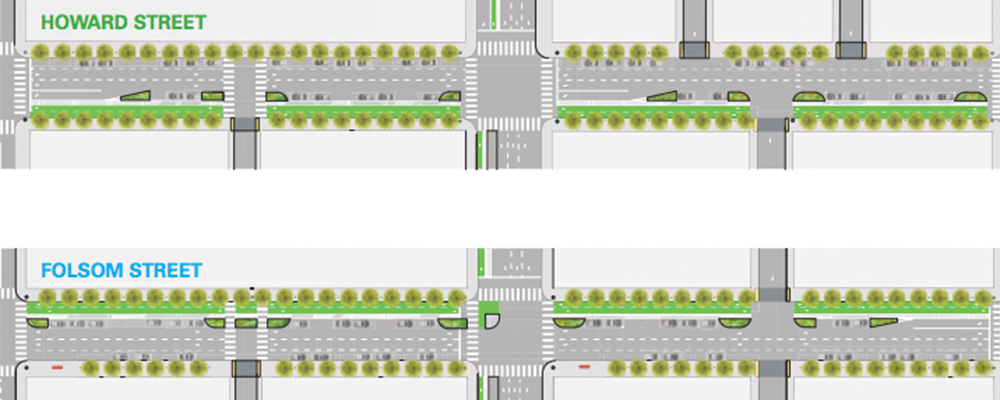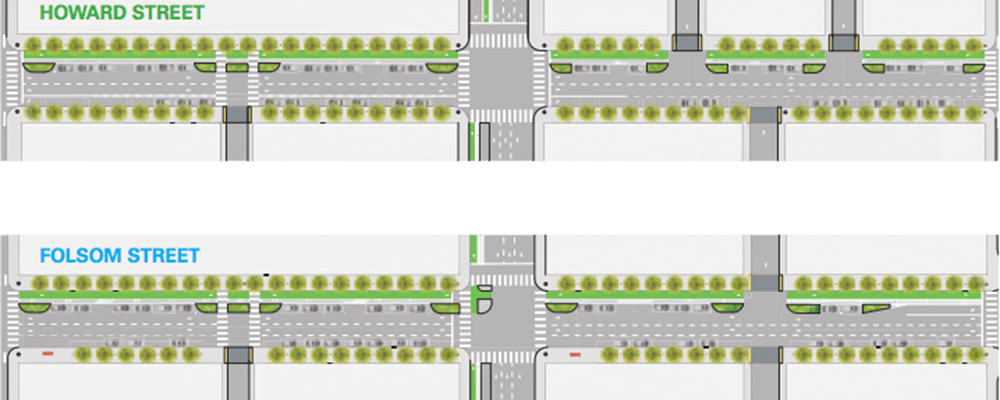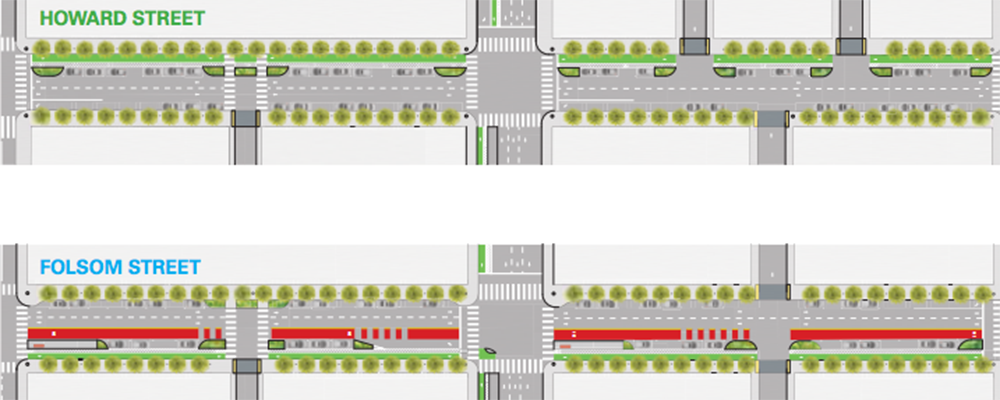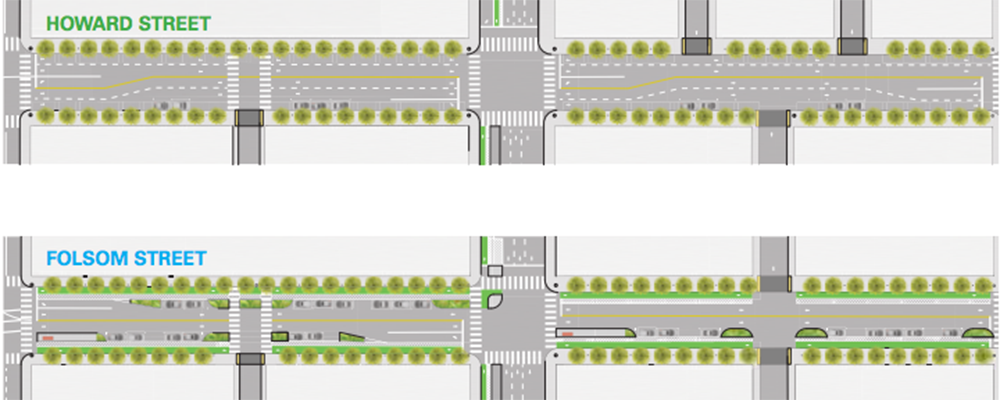The SF Bicycle Coalition Board of Directors is considering possible improvements to the board election process and requests member input before making any decisions. The three proposals the board is considering are:
- Implementing ranked-choice voting;
- Moving the election from the end of the calendar year to the beginning of the calendar year; and
- Setting terms to start and end at a board meeting instead of a calendar date.
Ranked-Choice Voting
Electing our board members through a proportional representation form of multi-winner ranked-choice voting (RCV), where voters rank candidates in order of preference (similar to San Francisco’s local elections), has been discussed both within the board and among membership. In 2016 the board passed a resolution to work towards implementing RCV in 2017. The board is now considering a proposal to conduct future board elections with RCV.
Election Timing
Annual elections for approximately half the seats on the board have traditionally been held in November/December each year. This schedule often creates overlaps with holidays, end-of-year events, fundraising, and local, state, and federal elections. The board is considering moving the board elections to the start of the year to avoid these overlaps.
Term Start Date
Board terms currently start on January 1 each year, but the first board meeting of the year is typically the fourth Tuesday in January, leaving up to a four-week gap in a functioning full board including board officers. The board proposes shifting the start of board member and officer terms to the first board meeting after the board election to maintain continuity in governance of the organization.
Request for Member Comment by June 27
Enacting any of the above proposals would require amendments to the organization’s bylaws. A bylaws markup can be found here. The board is seeking the opinion of outside legal counsel regarding how these changes could be implemented in accordance with our current bylaws. The board would appreciate any and all questions/feedback from members on the substance or procedure of the proposals.
Members can provide questions/feedback in two ways:
- Email the board at board@sfbike.org; and
- Attend the board meeting at 6:30 pm, Tuesday, June 27 at the SF Bicycle Coalition office, 1720 Market St. at Valencia, when the board is expecting to vote on the proposals.












